Cultivation methods of Lingxiao Bonsai in the production of Flowers and trees
Cultivation methods of Lingxiao Bonsai in the production of Flowers and trees
Today, Lingxiao flowers can be seen blooming on both sides of the porches of many private courtyards or in parks. Lingxiao flower is a small deciduous vine climbing plant, the old stem twisted, vigorous and simple, its flowers and colors are bright. With strong fragrance and long flowering period, it is an excellent potted vine flower.
Morphological characteristics of Lingxiao flower, also known as Lingxiao, purple masking, is a deciduous woody vine of the family Araceae, which is native to central China and Japan. It has been widely cultivated in the Yellow River and Yangtze River basins and southern Guangdong, Guangxi, Jiangxi, Hunan, Fujian, Zhejiang and other places, and some have cultivated it into shrub-like, luxuriant vines and decorated homes with a unique flavor.
The branches of Lingxiao are easy to take root. The branches can be more than 20 meters long. Light brown bark, purple-brown branchlets, soft wood, odd-pinnate compound leaves opposite, leaf margin serrated, leaf surface rough, inflorescence terminal panicle, Corolla large: diameter up to 7cm-8cm, funnel-shaped. Orange on the outside and red on the inside. The florescence is from June to September. The capsule is as slender as a pod, each pod contains several seeds, mature from October to November, the seeds are flat, most of them have thin wings.
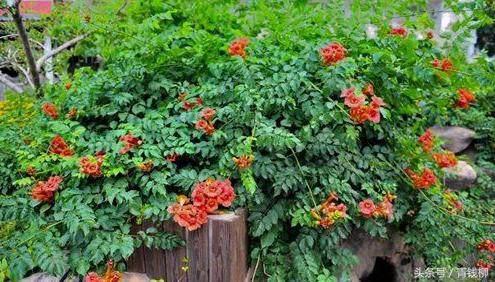
The living habits of Lingxiao are strong, warm and cold-tolerant. Plants in the south can survive the winter in the open field, and when planting in the north, they need to bury the soil to prevent the cold. Lingxiao likes to have plenty of sunshine, but it is also more shady. The requirements for planting are not strict, and it can grow normally in saline-alkali barren soil, but it is better to grow in slightly acidic soil with deep, fertile and good drainage, with strong sprouting and tillering ability, along with the growth of branches in cultivation. It must be manually drawn or tied to the bracket to make it climb and grow. The withered branches should be cleaned up in early spring every year, and the overgrown branches should be properly cut during the growth period, so that the growth can be maintained evenly according to the need. Keeping the soil moist is conducive to its robust growth: luxuriant branches and flowers.

As a method of horticultural cultivation, the method of propagation is generally used for cutting propagation, in addition, it can also be propagated by means of seed sowing, striping, split and so on. seeds propagate, and mature seeds are collected in October every year. After collection, the seeds are cleaned up in the Chung season and soaked in water for 2 days or 3 days before sowing. Generally, they can germinate within 5 days or 7 days.
Cutting propagation, generally in November to December every year in the north, cut the strong branches of the year as cuttings, each section length 10cm~15m (usually 3 nodes), sand storage, cutting in the seedbed from March to April next year, it is easy to send out new roots. In the south, hard branches can be cut as cuttings in early spring and branches (twigs) in summer as cuttings. Cuttings are easy to survive. When seedlings survive, they can blossom next year.
striping propagation, easier to survive, because Lingxiao stem has a lot of aerial roots, they stick to the ground can be rooted in the soil. Cut the branches into small segments, generally long 10cm~15cm, put them on the seedbed, and cover a thin layer with ripe loess to keep it moist. Generally, the roots of 5cm-8cm can grow after half a month, and transplant into plants in an appropriate period.
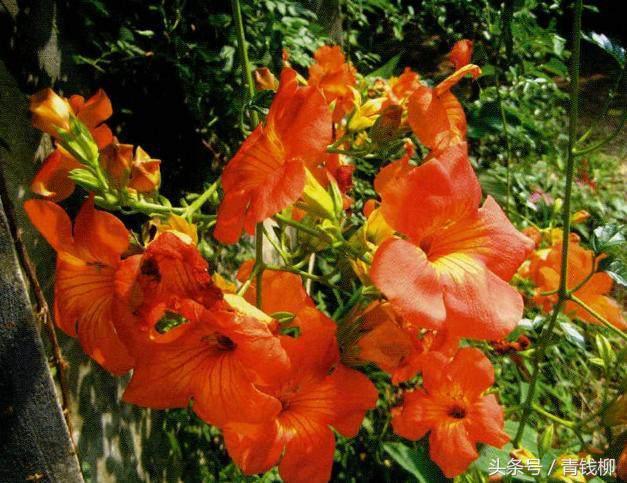
Ramet propagation is to dig out the root tiller seedlings from the rhizosphere, that is, the component plants transplant seedlings, which can survive quickly after transplantation.
When potted, we should choose large-caliber containers, such as large ceramic pots or large wooden pots, to fill loose, fertile and slightly acidic soil, and if possible, we can choose fertile vegetable garden soil plus 1/3 of rotten leaf soil as potted soil. the sturdy seedlings or striped seedlings and cuttings were transplanted in the pot. Pay attention to take more soil when raising seedlings, try not to hurt the roots as far as possible, and ensure rapid survival after transplantation. Keep the basin soil moist after survival and pay attention to watering at ordinary times. But can not accumulate water, so that the basin soil is slightly dry and slightly moist. In the basin or turn the basin to change the soil, properly apply some mature organic fertilizer as the base fertilizer, according to the growth situation and modeling needs, use the amount of fertilizer to adjust the growth rate and promote plant flowering. During the annual peak growing season, 0.2% Mel 0.3% potassium dihydrogen phosphate liquid fertilizer is sprayed on the leaves every 10 to 15 days to promote large flowers and bright colors. After flowering, one more phosphorus and potassium fertilizer was applied to ensure the normal overwintering. There is no need to use Yueba during the winter dormancy period.
Pruning and traction Lingxiao feather leaves are colorful and beautiful: the red flowers in summer and autumn are as bright as clouds, the florescence is as long as 3 months, and the old branches are quaint and elegant, which are mostly used for vertical greening and beautification of corridor, scaffolding, wall, stone wall, withered tree, rockery and flower gate. In order to achieve excellent ornamental effect, we must do a good job in pruning and timely traction on the shelves. For general viewing, attention should be paid to timely cutting off withered branches, disease and insect branches, and over-dense branches, and shrunk the overgrown branches to promote the germination of more robust branches, reduce unnecessary nutrient consumption, and be conducive to flowering. If there is no seed left after flowering, the residual flowers should be cut in time to accumulate nutrients to promote the next flowering. With the growth of Ruozhiai in maintenance, pray for traction or binding on scaffolding, walls, flower corridors, etc. Do not make it grow heavily on the ground, according to the needs of the environment. Can let part of the stem naturally droop, or pull its upward climbing growth with wire traction, up and down into one piece, more Yi Yi beautiful. Clean up the withered branches before sprouting every year, and cut short the overlong branches to make them grow evenly and show a good ornamental effect.
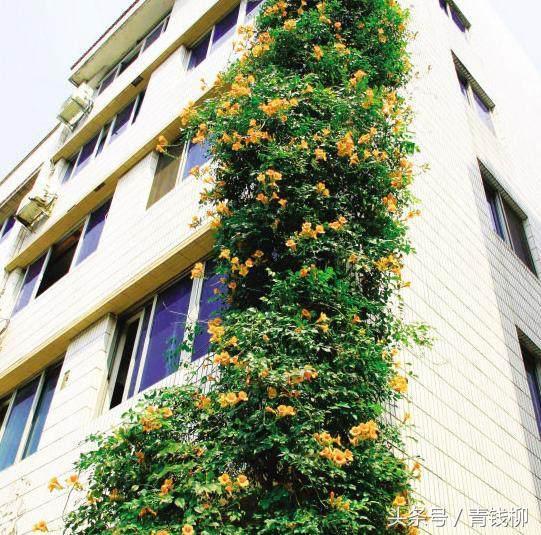
Bonsai production techniques for trees (revised edition) Home Horticulture, Bonsai Design, cultivation Books, potted planting Art, Bonsai knowledge ¥31.5 JD.com buys! function () {if (! window.__TEMAI_PARSED) {if (! app) {window.responsivetrees. "app") {var e = "% 3Cscript%20src=%22 https://s3.pstatp.com/inapp/toutiao.js%22%3E%3C/script%3E";" Document.write (decodeURI (e))} var t=document.createElement ("script"); t.src = "https://s2.pstatp.com/pgc/v2/pgc_tpl/pagelet/card/click_ccce36d.js",document.body.appendChild(t)}}();"
Indoor potted green flowers and plants kumquat potted ornamental kumquat potted ornamental kumquat bonsai citrus bonsai orange saplings purchased on Taobao! function () {if (! window.__TEMAI_PARSED) {if (window.responsiveflower garden) {if (window.responsive.changeScale (1) "app") {var e = "% 3Cscript%20src=%22 https://s3.pstatp.com/inapp/toutiao.js%22%3E%3C/script%3E";" Document.write (decodeURI (e))} var t=document.createElement ("script"); t.src = "https://s2.pstatp.com/pgc/v2/pgc_tpl/pagelet/card/click_ccce36d.js",document.body.appendChild(t)}}();"
- Prev
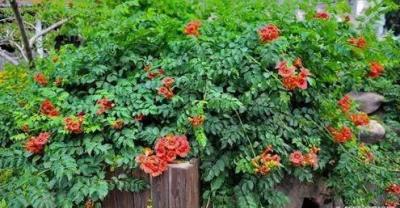
Flower cultivation instructions: fengshui for growing flowers and trees at home
The planting of fengshui plants of flowers and trees at home can purify the air at home and make the air fresh at home, but now many people do not know the plants at home.
- Next
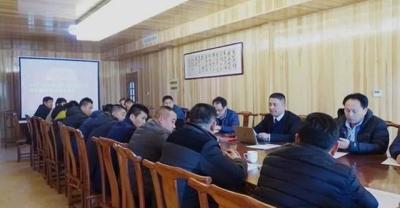
Clove is a cultivation technique of flowers and trees with high ornamental value.
Clove is a kind of flower and tree clove cultivation technique with high ornamental value. 1 clove cultivation technique 1.1 propagation technique 1.1.1 seed propagation. Seed reproduction requires the selection of trees.
Related
- Fuxing push coffee new agricultural production and marketing class: lack of small-scale processing plants
- Jujube rice field leisure farm deep ploughing Yilan for five years to create a space for organic food and play
- Nongyu Farm-A trial of organic papaya for brave women with advanced technology
- Four points for attention in the prevention and control of diseases and insect pests of edible fungi
- How to add nutrient solution to Edible Fungi
- Is there any good way to control edible fungus mites?
- Open Inoculation Technology of Edible Fungi
- Is there any clever way to use fertilizer for edible fungus in winter?
- What agents are used to kill the pathogens of edible fungi in the mushroom shed?
- Rapid drying of Edible Fungi

